In the last few years, I have been criss-crossing many countries of the Balkans, but one of the regions I like most is Herzegovina, the most southern region of Bosnia & Herzegovina. Although situated close to Montenegro and in the direct hinterland of the Dalmatian Coast, most tourists have not discovered it yet. It might be a good idea to make this tour by car or by camper, and visit all the mentioned highlights within a few days. The roads, leading through amazing karst landscapes, are quite good and en route you can find many natural and cultural highlights within a relatively small area.
The starting point of this tour would be:
Mostar is one of the few places in Herzegovina that has already become a very popular tourist destination. The famous bridge, ‘Stari Most’, was rebuilt and the attractively restored Ottoman quarter attracts thousands of visitors, who are eager to visit this UNESCO World Heritage site.
Stroll the cobbled streets along the river that are lined with pubs, restaurants and souvenir shops. You can also visit the War Museum and the Koski Mehmed Paša Mosque. Buy some war memorabilia, watch young locals jumping off the bridge and enjoy the oriental atmosphere…. Mostar is a must-see!
Another interesting place you could visit is Blagaj, a small kasaba (village-town) 12 km south of Mostar. Its famous Dervish House or ‘Tekke’, built in Ottoman style in the 16th century, is situated near the ‘Green Cave’, the largest karst spring of Europe. Enjoy the silence of the Tekke with a cup of Turkish coffee on its beautiful terrace overlooking the source of the Buna river.
3. Počitelj, Medjugorje and Kravica waterfalls
Počitelj
Within a distance of 30-40 km southwest of Mostar, you can find three tourist attractions. The first one is Počitelj, a unique medieval settlement in Ottoman style, built on a hill above the Neretva river. It was recently reconstructed and is now listed as a UNESCO world heritage site.
Climb the steep stone stairs to the mysterious fortress, from where you will have a magnificent view of the surroundings.
Medjugorje
It is estimated that over 15 million people have visited Medjugorje, where, according to the story, Mother Mary appeared and spoke to six teenagers in the hills near this sleepy village in Herzegovina. Personally, I would skip this commercial hotspot with countless restaurants and shops with ugly souvenirs, but I must admit that I also saw people who were deeply touched and obviously found consolation in their prayers at this catholic pilgrimage site.
Kravica waterfalls
The spectacular Kravice Waterfalls, situated directly along the new highway to Croatia, create a unique ambiance with their emerald green water and lichen-covered tuff deposits. After walking down from the parking lot, you will find a small restaurant, where you can enjoy the view and relax by listening to the rumbling from the waterfalls.
-
Stolac
On your way from Mostar to Trebinje, you will pass through the sleepy town of Stolac. What makes this oriental place so special? First of all, the famous UNESCO-protected ‘stećci’ (medieval tombstones) of the nearby necropolis of Radimlje. But also the town itself with its nicely reconstructed Ottoman architecture and the huge fortress of Vidoska on the top of the nearby hill are worth a visit.
Have you ever heard about the Vjetrenica Cave? Probably not, although it is one of the most impressive caves in the Dinaric Alps. You can find the cave along the road that leads over the karst plateau of Popovo Polje, near the Zavala Monastery.
You will be surprised by the strong blast of wind you feel when entering the cave (this is the reason why it is called Vjetrenica, i.e. ‘Wind Cave’). No wonder that the cave system is listed on the Tentative List of UNESCO protected areas.
The central square in Trebinje, with its old shady plane trees, a picturesque farmers’ market and numerous open-air bars and restaurants, is a unique experience, but you shouldn’t miss a walk through the Old Town either.
As most inhabitants of Trebinje are Serbian-Orthodox believers, the town is dominated by the Hercegovačka Gračanica Monastery, which is situated on a hill above the city, from where you have a great view of the old Arslanagića bridge and the vineyards in the surroundings.
Although the town of Foča itself is not so interesting – it was heavily damaged during the Bosnian War when all mosques were destroyed –, the surroundings offer many possibilities: the Sand Pyramids for instance, a stunning masterpiece of nature.
Around 30 km from Foča is Sutjeska National Park, a paradise for nature lovers. Even if you don’t have enough time for a hiking tour in the Peručića primeval forests or in the surrounding mountains, you should not miss a visit to the Memorial Complex of the Sutjeska Battle. located in Tjentište. This complex contains a huge monument with the ossuary of 3301 Partisan fighters. Unfortunately, everything is abandoned now, but the monument is still very impressive.
As this is the ending point of the proposed tour, you can continue to Sarajevo and from there return to Mostar, which makes the round trip complete. If you want to learn more about Herzegovina, double-click on the bold and cursive words to get a link to the individual highlights! Below is a road map of the tour from Mostar to Foča.
Are you a camper fan? I would recommend Camp Blagaj in Blagaj, on the banks of the Una River and Camp Drina in Foča.
And take care: when you are driving through Herzegovina, don’t leave the road, as there are still landmine warning signs!
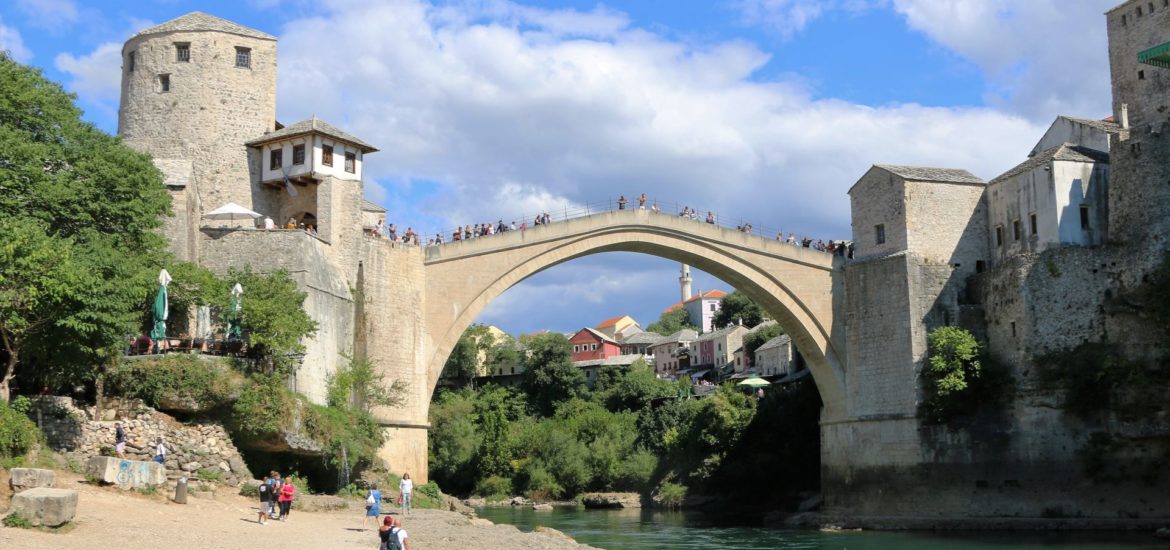
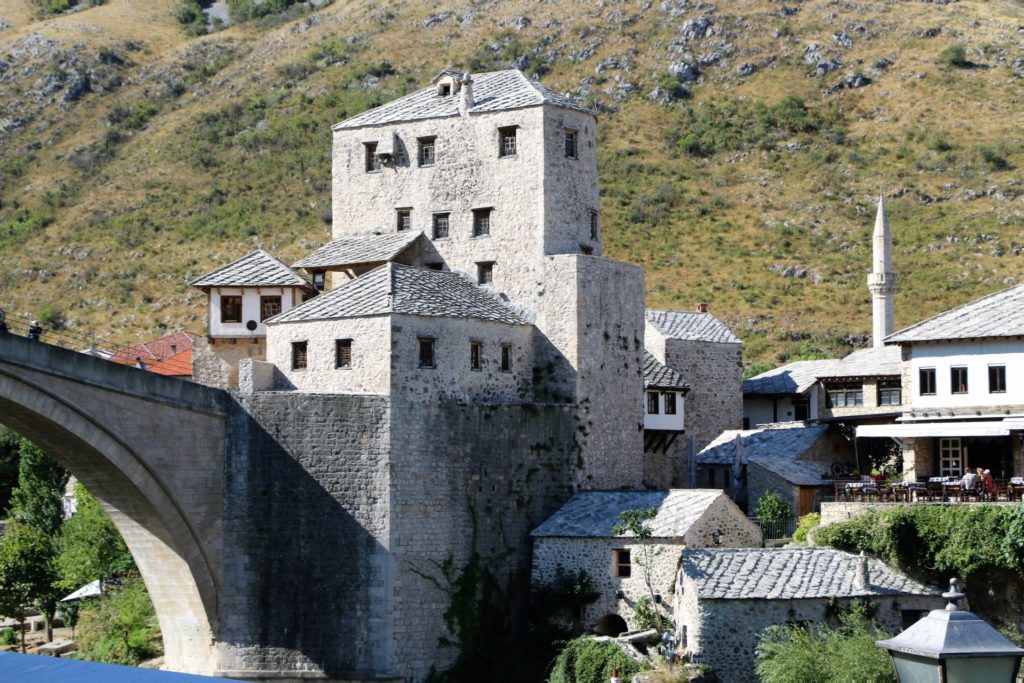
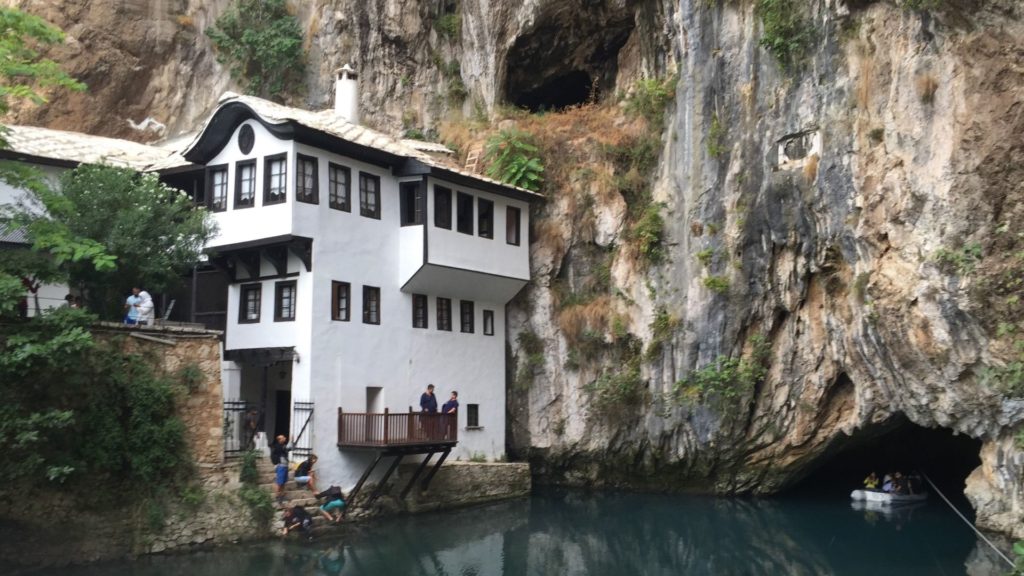
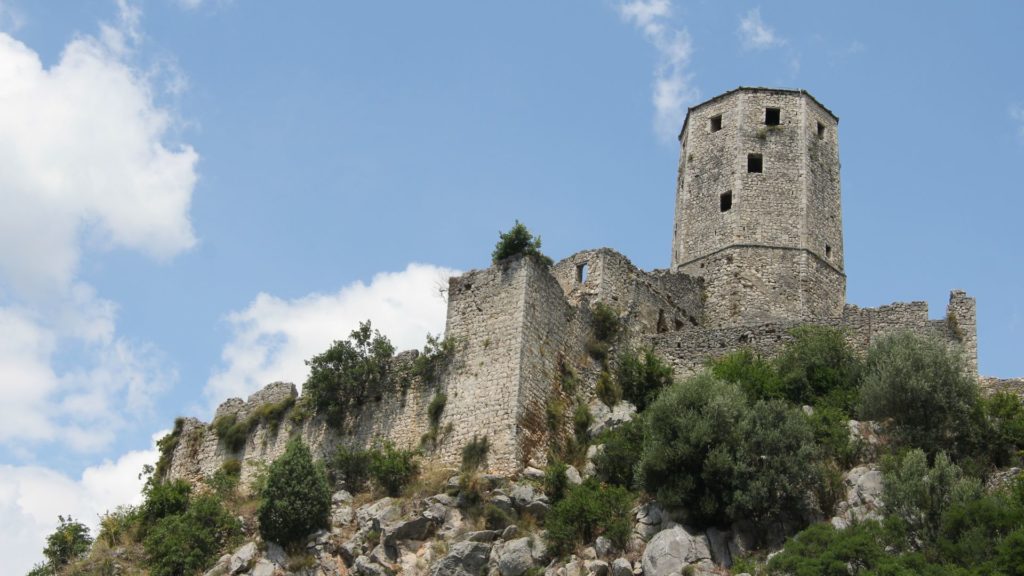
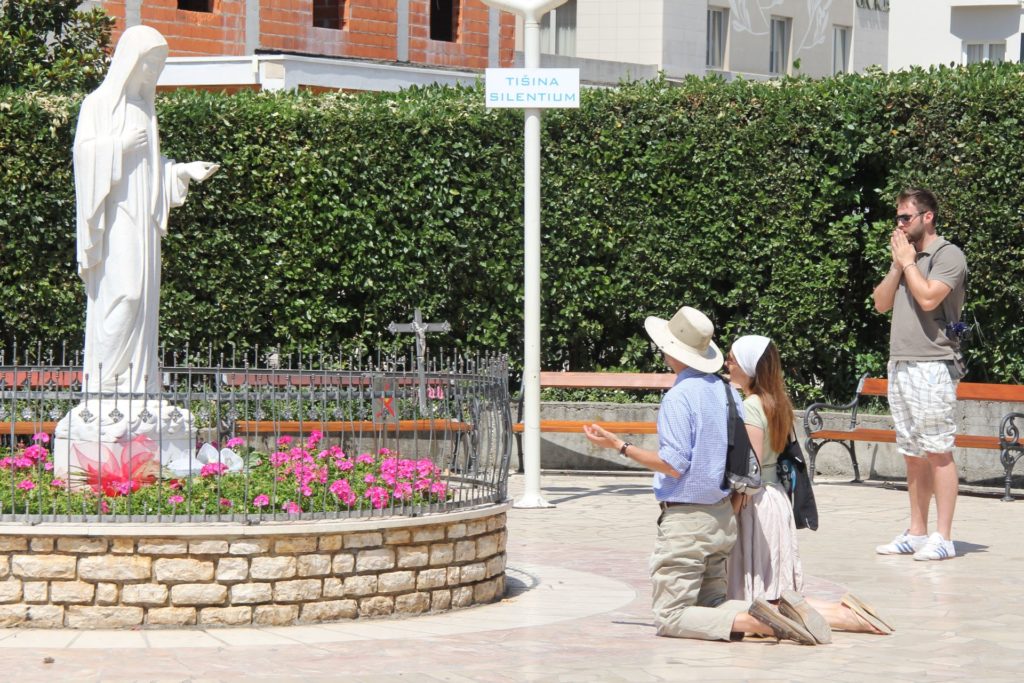
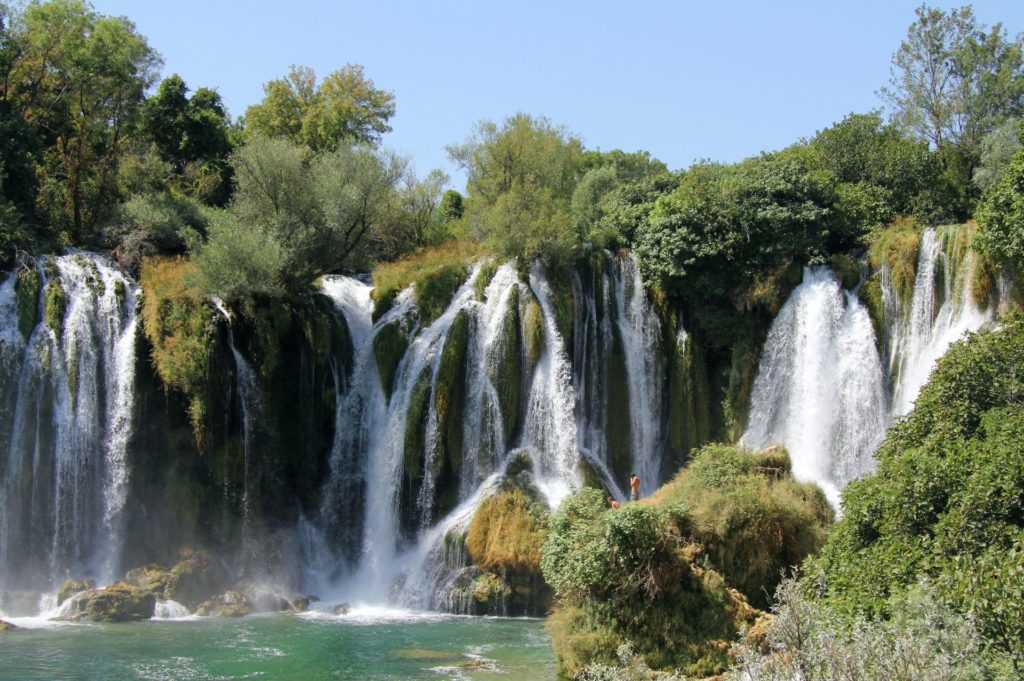

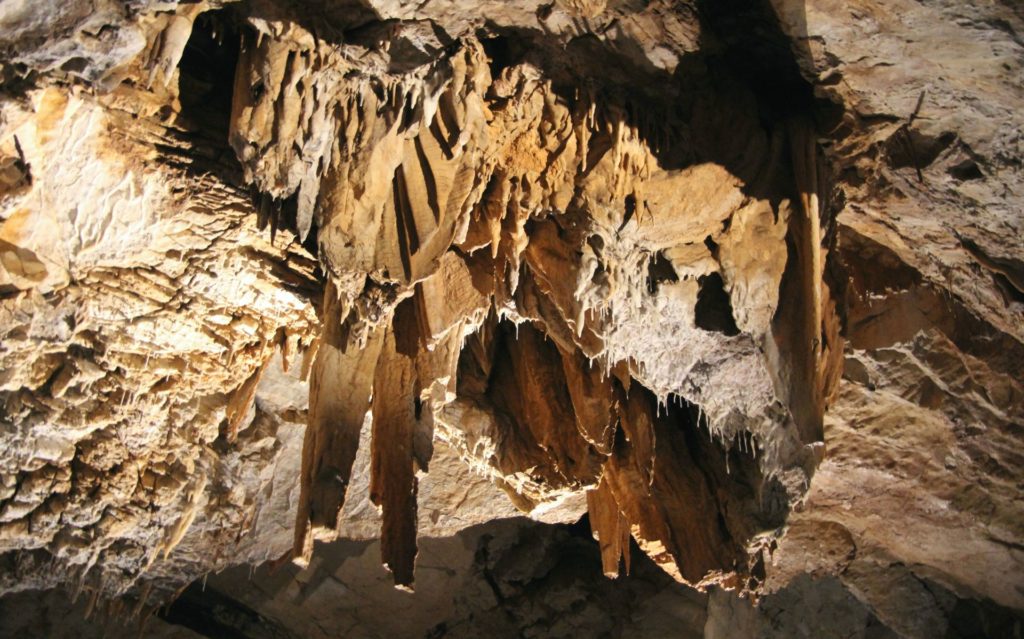
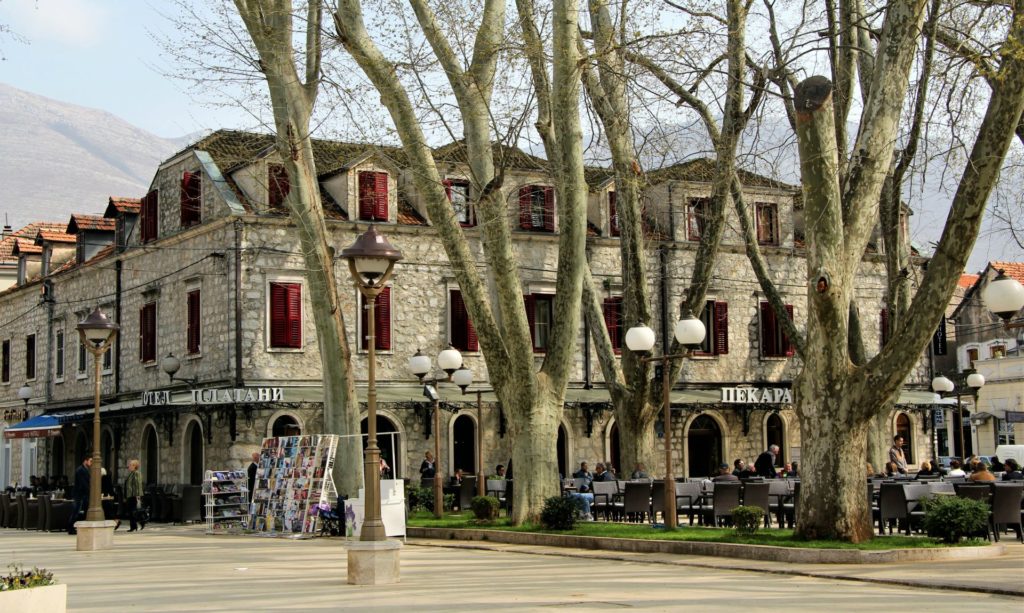
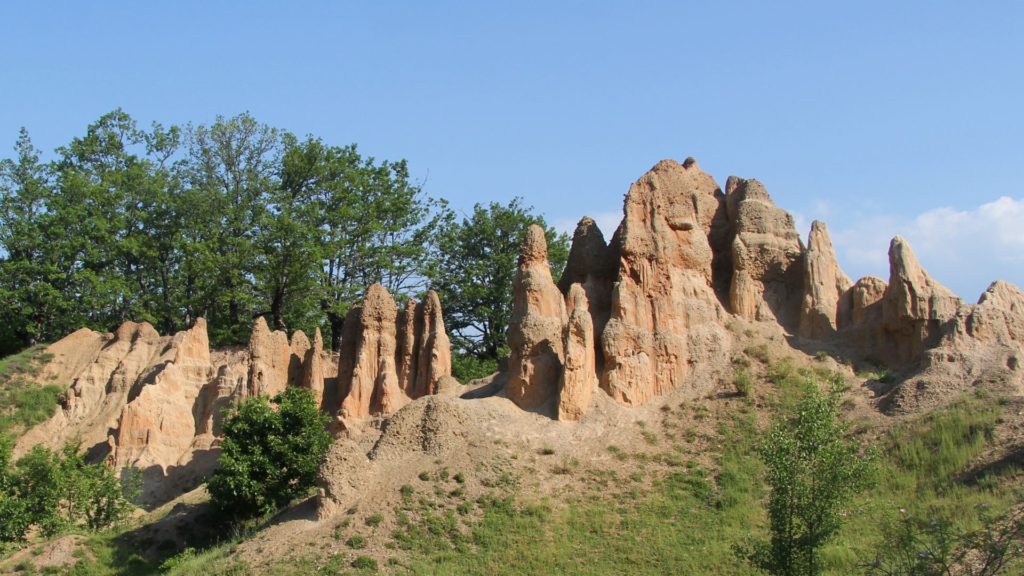
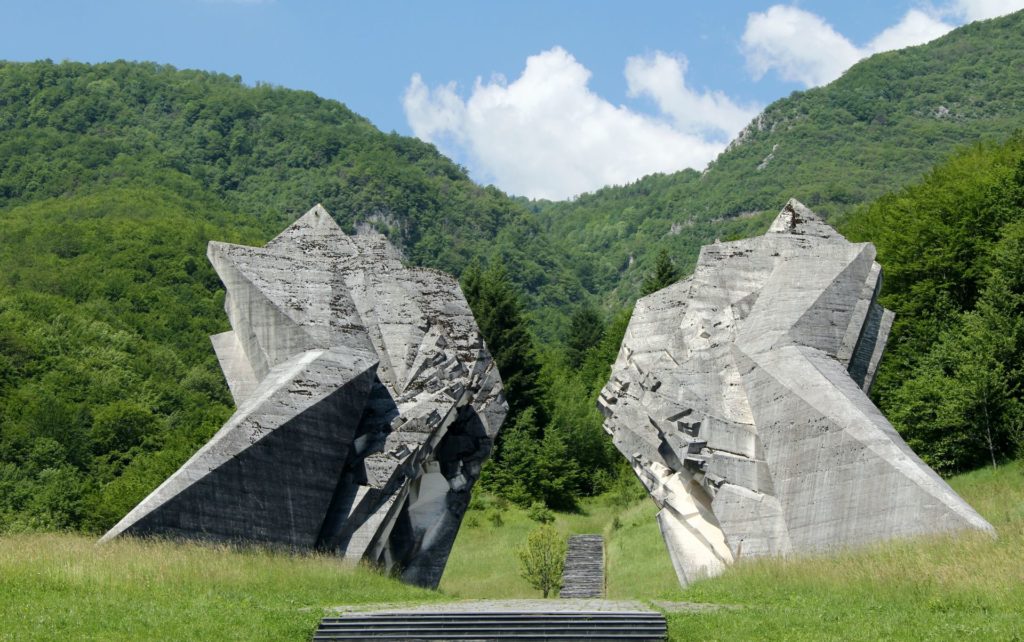
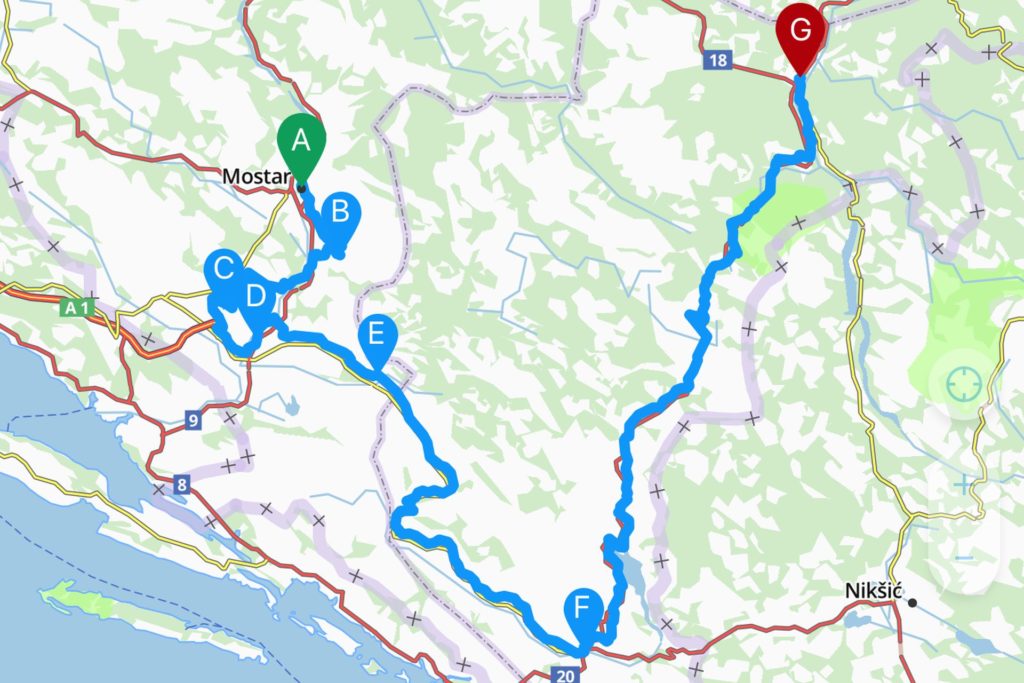
[…] travel from Montenegro to Western Europe (or vice-versa) by taking the alternative route through Bosnia and Herzegovina, you will pass through Stolac, a beautiful old town between Trebinje and Mostar, located on the […]